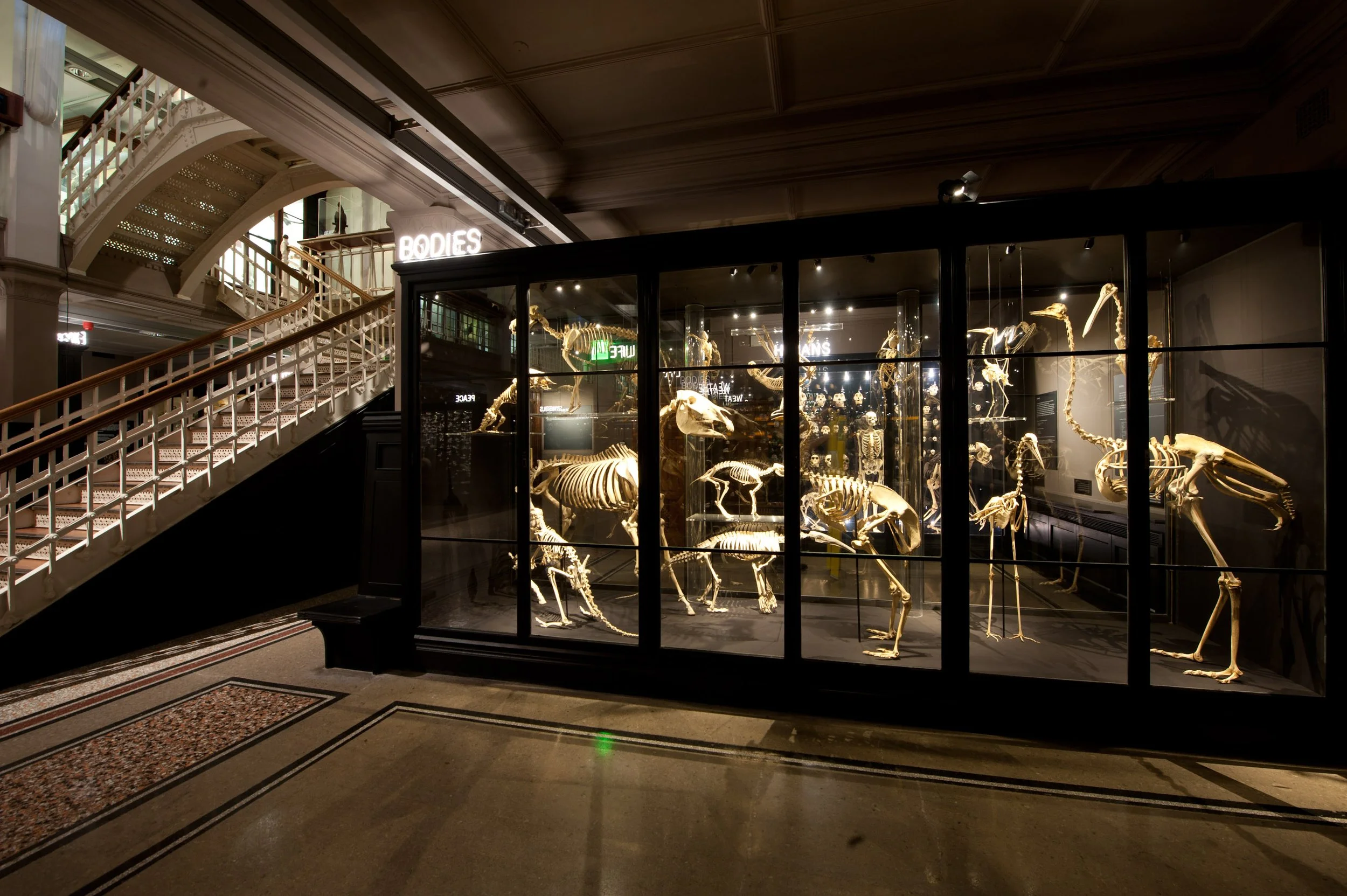
Manchester Museum
European Museum of the Year
Highlights
Start planning and enjoy more of the things you love at your Museum.
Galleries and Spaces
Discover what you’ll find when you visit
Dive into fascinating stories inspired by culture, community and our precious planet
Rediscovering Histories: Voices from the Africa Hub
Manchester Museum: European Museum of the Year
A Museum on a mission
We’re aiming to become the most inclusive, imaginative and caring museum you'll ever visit. Find out what we’re doing to reimagine our role and create the museum all of our communities, both locally and globally, really need.
MANCHESTER MUSEUM
WINNER 2025
Directions
Manchester Museum, The University of Manchester, Oxford Road, Manchester M13 9PL


























